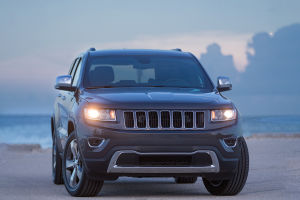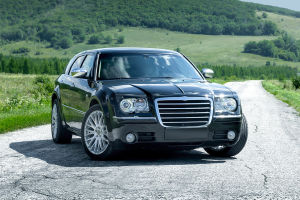A sandrail, often referred to as a dune buggy, is a lightweight, off-road vehicle specifically designed for traversing sand dunes and rugged terrains.
Unlike other off-road vehicles, sandrails are built with a distinct, minimalist design focused on providing agility and performance in extreme environments.
Their body structure plays a crucial role in ensuring both efficiency and durability while maintaining a low weight for optimal performance.
The most essential component of a sandrail’s body structure is its frame, which is typically constructed from tubular steel or chromoly. The design of this tubular frame is crucial because it provides the foundation for the entire vehicle, offering both strength and flexibility.
Sandrails generally do not have a conventional body shell, allowing the frame to be exposed, which helps to reduce overall weight.
By using a tubular design, the sandrail achieves a high strength-to-weight ratio, making it light enough to maneuver over difficult terrain but strong enough to withstand the forces exerted when landing after jumping over dunes or driving on rocky surfaces.
The tubular frame also provides the necessary support for mounting key components such as the engine, suspension, and seats. The frame is often custom-built and designed to ensure that weight distribution is balanced, allowing the vehicle to maintain stability on uneven surfaces.
The open design of the frame aids in ventilation, preventing the engine from overheating in desert conditions. The simplicity of the frame also allows for easier access during maintenance or repairs.
The suspension system in a sandrail is another critical aspect of its body structure. Because sandrails are designed to travel over soft sand and rocky terrains, they need a suspension that can absorb significant impacts while keeping the vehicle stable. Most sandrails feature long-travel suspensions with heavy-duty shocks and springs to absorb the bumps and jumps that are common in dune driving.
The front and rear suspension systems are typically independent, allowing each wheel to move independently, which enhances handling and provides better traction in uneven environments.
The suspension system is often mounted directly onto the frame, ensuring that it can withstand the stress of off-road driving. The wheelbase of a sandrail is usually longer than that of a typical off-road vehicle, providing additional stability.
This extended wheelbase, combined with the advanced suspension system, ensures that the vehicle remains steady and comfortable even at high speeds over rough terrain.
A unique aspect of a sandrail’s body structure is the placement of its engine. Unlike traditional vehicles, where the engine is often located in the front, a sandrail typically has a rear-mounted engine.
This design helps with weight distribution, placing more weight over the rear wheels, which improves traction on loose sand. The rear engine placement also allows for a more compact design, reducing the need for a heavy front end and contributing to the vehicle's lightweight nature.
Sandrails can be equipped with a variety of engines, ranging from air-cooled Volkswagen engines to more powerful V8s or turbocharged engines. The choice of engine depends on the driver’s preference and the specific terrain the vehicle will be used on.
The drivetrain is usually configured for rear-wheel drive, although some models are designed with all-wheel-drive systems for improved performance in particularly challenging conditions.


